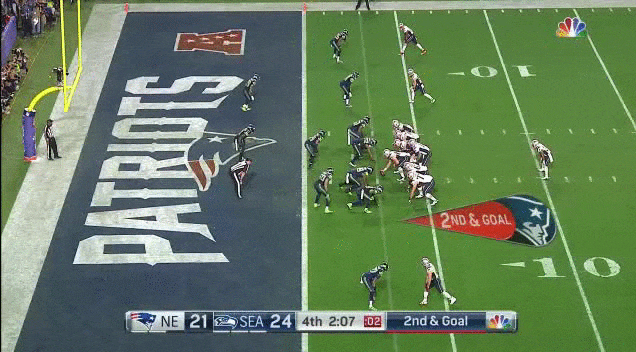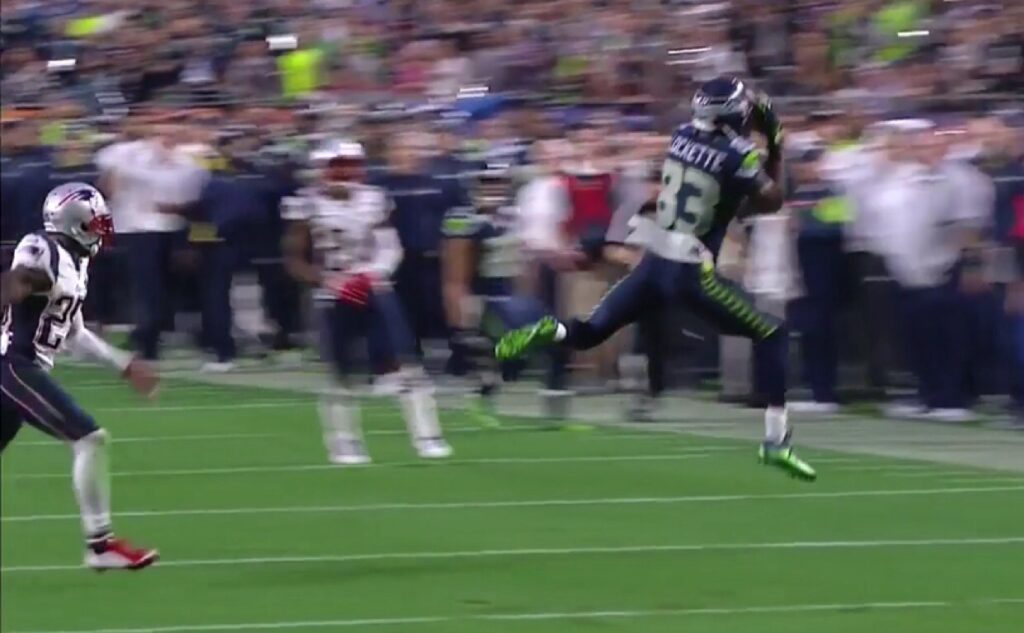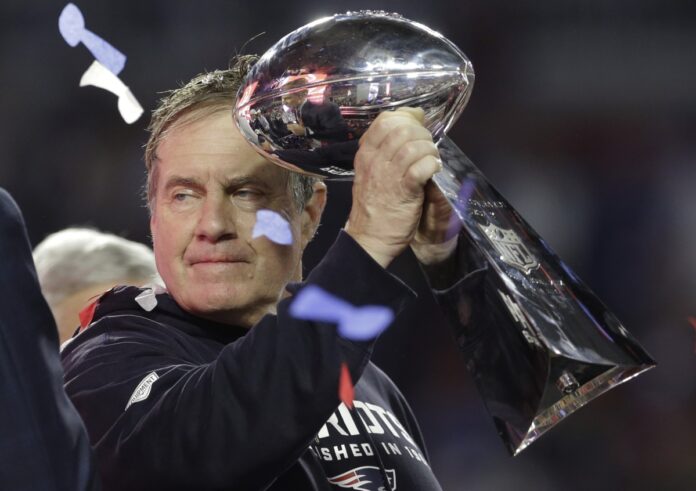Examples Like Edelman, Butler, and Lockette Show Importance of Maximizing a Player’s Strengths
Super Bowl XLIX will be etched into memory through one of two lenses: either as an extraordinary display of clutch play by a defensive back or as one of the most ill-fated play calls in Super Bowl history.
The Super Bowl is known for its grandiosity and extravagance, so it’s only fitting that recollections of this event will lean towards the realm of exaggeration.
When the season hung in the balance, it was the unsung heroes who stepped into the spotlight for both teams.
Patriots defensive back Malcolm Butler’s interception secured New England’s fourth Super Bowl title, while Seattle’s gamble on Ricardo Lockette for a game-winning touchdown fell short.
That final play wasn’t just the tipping point in the game; it also showcased why New England’s Bill Belichick is one of the greatest coaches in NFL history and currently reigns as the game’s premier coach.
Malcolm Butler had practiced defending that play in various situational scenarios, which ultimately paid off in a pivotal moment.
Former New England Patriots fullback Heath Evans: “Bill saw what I was good at…and he made sure to put me in situations where my natural play-making ability would be maximized.”
“I’ve practiced defending that route before. In fact, Josh Boyce managed to get the better of me in practice, and Bill emphasized the importance of being sharp on it,” Butler explained during an appearance on “CBS This Morning” on Monday.
“So, my memory kicked in, and I relied on my preparation. I just decided to take a chance, jump the route, and make the play.”
Bill Belichick ensured his players were ready for the precise situation that unfolded.
Then, in the game’s pivotal moments, he positioned them on the field for success.
When discussing what sets Belichick apart, NFL Network analyst and former Patriot fullback Heath Evans emphasized, “The exceptional quality that defines Bill as a coach is that he never expects a player to perform beyond their innate playmaking capabilities.
For instance, while in Seattle under Mike Holmgren, they tried to utilize me as a power-blocking fullback because I was known for bulldozing defenders when I carried the ball.
However, that strength didn’t translate into being a dominant blocking fullback.
Upon joining New England, Bill recognized my strengths, and it wasn’t in being a power-blocking fullback.
He ensured that I was placed in situations where my natural playmaking abilities could shine.”
Julian Edelman epitomizes Belichick’s coaching philosophy and played a significant role in the Patriots’ Super Bowl success.
Throughout the season, Edelman consistently operated within the scope of his natural playmaking abilities.
His speed and deceptive moves proved to be a thorn in the side of the Seahawk defense (see video).
Unlike other wide receivers such as Calvin Johnson or Dez Bryant, Edelman wasn’t tasked with catching deep passes or contested throws.
Instead, he was utilized in a way that fully capitalized on his unique skill set.

Requesting Lockette, a tall and fast receiver with long arms, to run a slant route on the goal line in a critical Super Bowl moment might be viewed as not fully leveraging his strengths.
Bevell later mentioned that for the play to succeed, Lockette “needed to be more physical.”
However, his attempt to catch the ball with an under-handed technique (as opposed to using a palms-up, snatching motion) aligned with his usual method of receiving passes.
Throughout the game, he demonstrated reliability in various instances by creating separation down the field, using his size and athleticism to his advantage.

Belichick’s approach would have more likely involved running Lockette on plays that played to his strengths and where he had shown success earlier in the game: vertical, jump ball plays (like fade routes) that allowed him to use his explosiveness and size advantage over smaller defenders.
Slant routes demand precision, requiring the receiver to snatch the ball quickly, essentially becoming a race to the point of attack—a type of route better suited for Julian Edelman rather than Ricardo Lockette.
A telling observation from Lockette’s NFL combine scouting report proved accurate:
“Although he has good deep speed, he is a builder who lacks explosion off the line of scrimmage limiting his ability to separate in man. He also runs sloppy routes and does not show good balance out of his breaks.”
The defining play of Super Bowl XLIX will be remembered differently by everyone.
It wasn’t necessarily a bad play, but rather a questionable decision to put a player in a situation that didn’t maximize his strengths and natural playmaking ability.
Could Lockette run and catch slant routes? Certainly. However, was it the optimal scenario to leverage his skills as a receiver and enhance Seattle’s chances of success with everything on the line? Clearly not.
Until coaches like Carroll and Bevell adopt Belichick’s approach of putting players in situations that amplify their natural playmaking abilities, the New England head coach will continue to stand in a league of his own.

